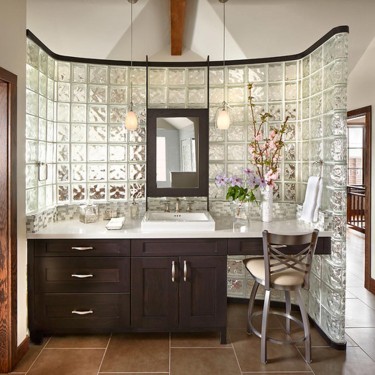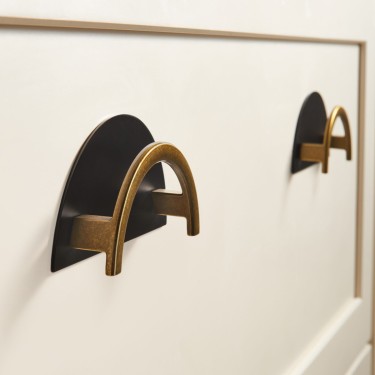To put it simply, transitional style is the best of both worlds. It balances the warmth and comfort of traditional style with the clean, classic lines of contemporary design. Click through the slides to see striking examples and learn what transitional style is all about.
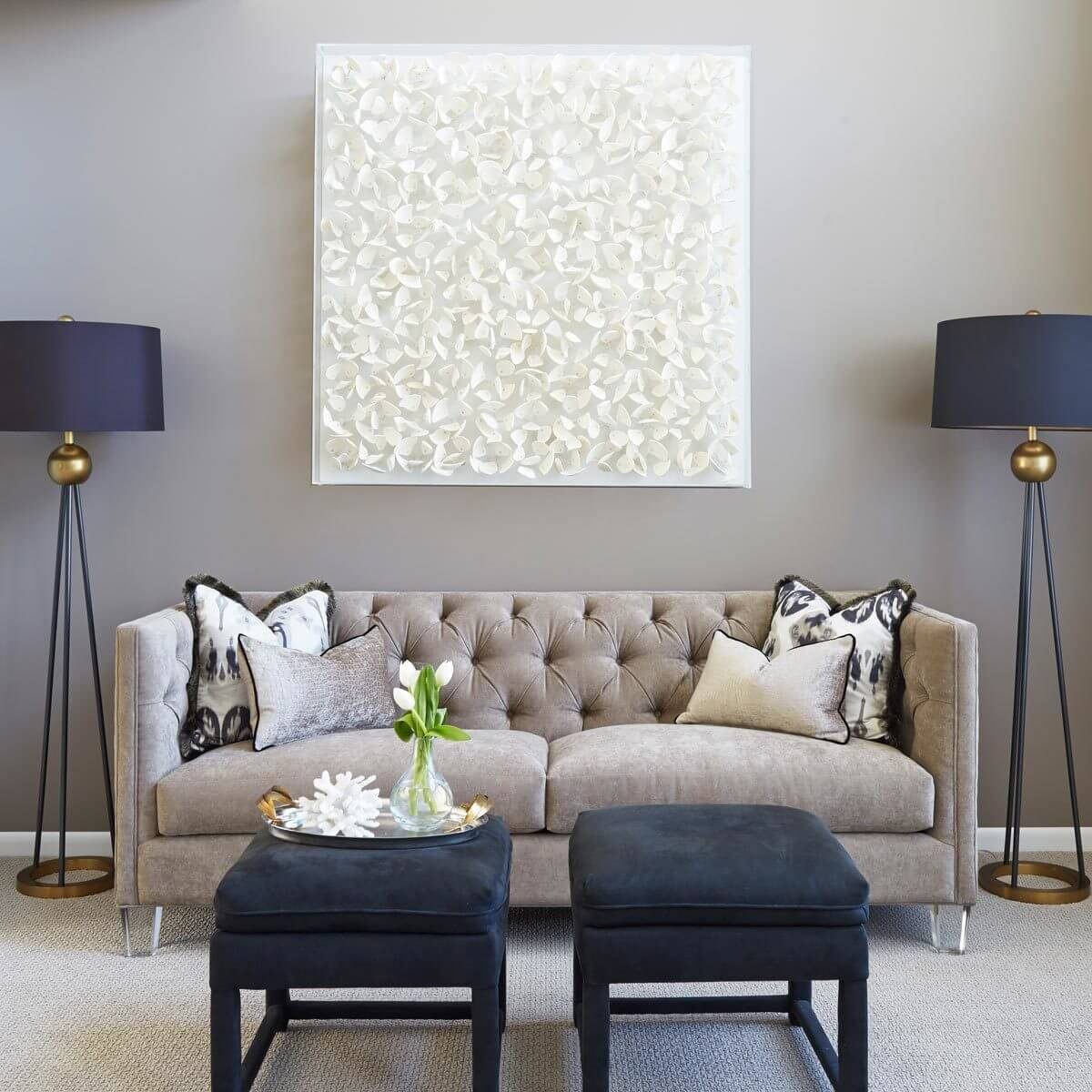
Transitional House Style: Keeping Everybody Happy
What is transitional style? Transitional style is a fusion between old and new, feminine and masculine, natural and manufactured materials. The result is a sophisticated, inviting style that’s wildly popular—and because it’s so timeless, it’s likely to be popular for a long while to come.
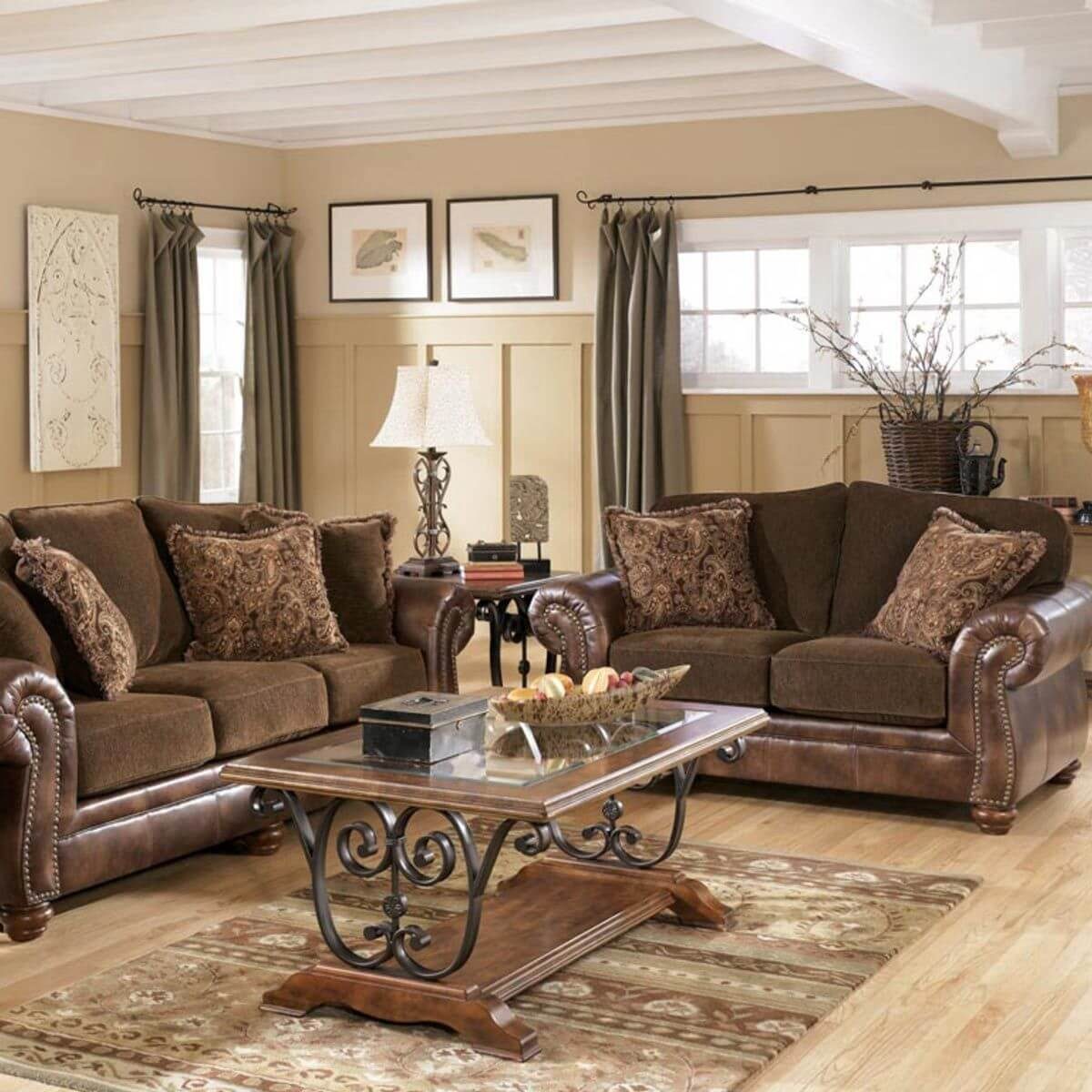
Transitional Evolved out of Traditional
To understand transitional style, it helps to look first at its predecessor—traditional. This is a traditional living room. It’s warm, inviting and luxurious, with varied colors and patterns. With those ornate legs on the coffee table and the furniture’s curved arms, you might even call traditional style a little “fussy.”
Full-length curtains add opulence to this traditional space, but they can also help insulate the home.
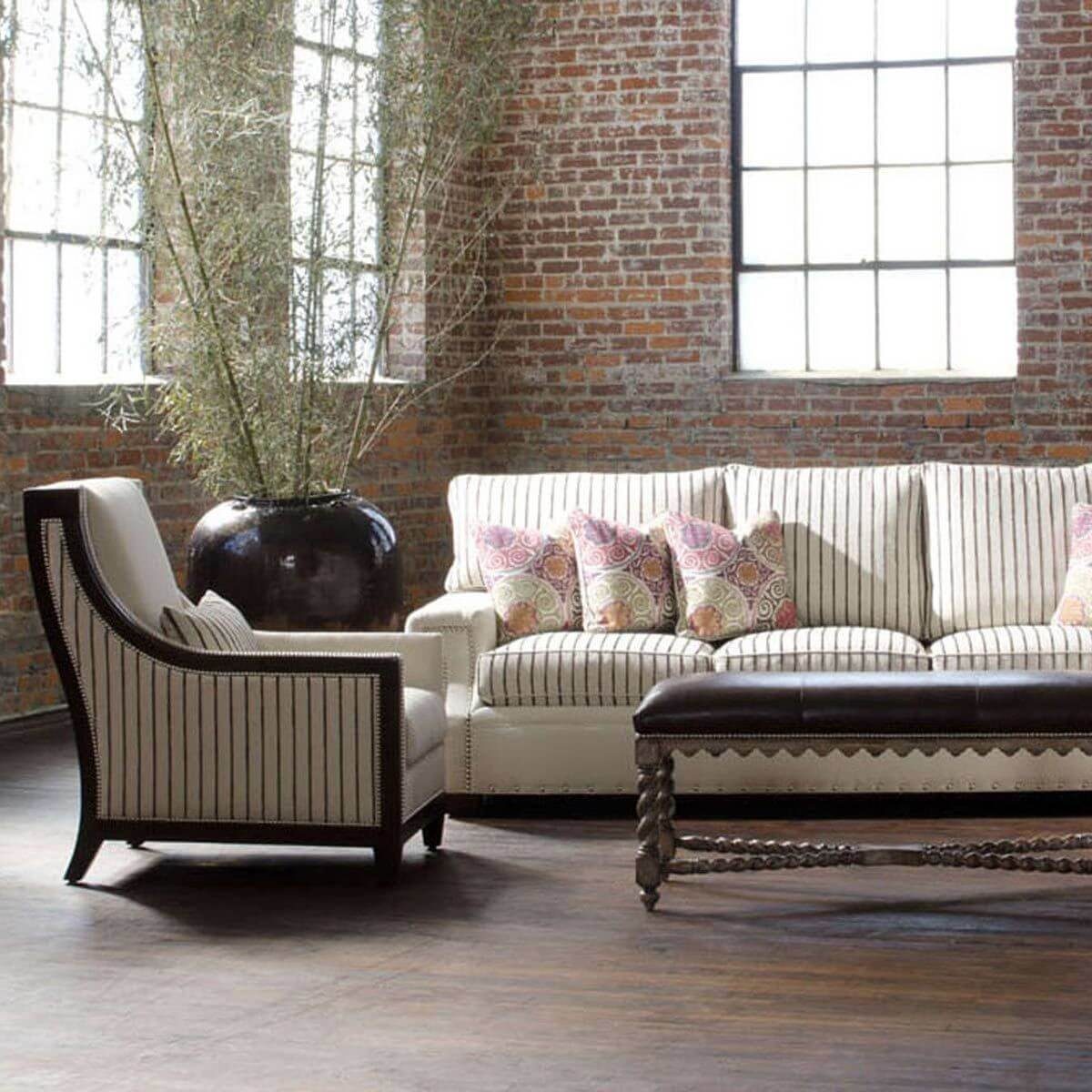
Transitional House Style = Cleaner and Simpler
Now look at a transitional living room. There’s a hint of traditional in the seating arrangement, the fancy legs on the coffee table and the lines of the couch and chair, but the overall feel is simpler and cleaner. Transitional style features a minimum of ornamentation, although it’s not as stark as straight-up modern.
If you like this look but your house lacks these awesome exposed brick walls, consider creating a faux stone accent wall.
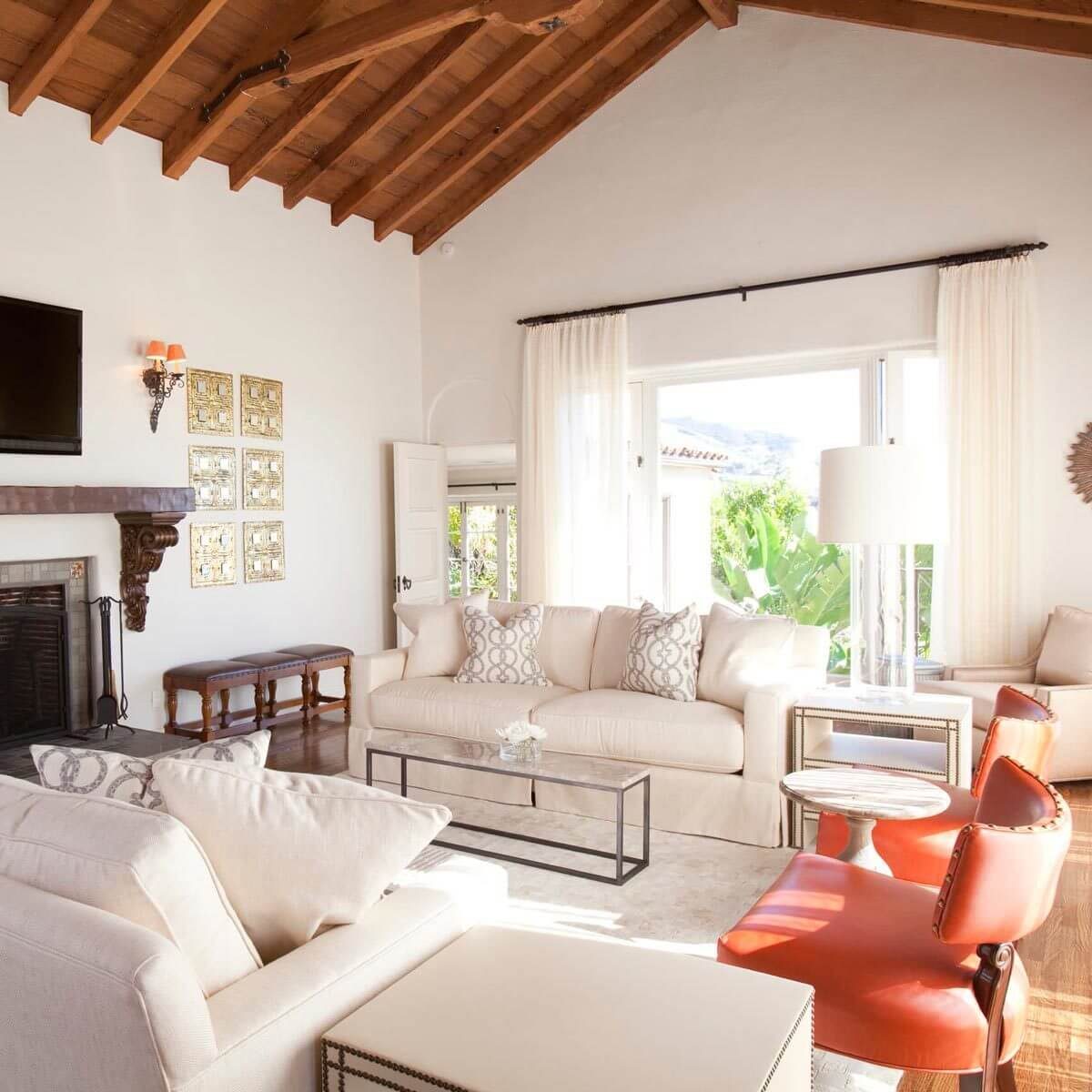
Color is Key
Another tell-tale sign of transitional style is a neutral color scheme. Natural light bathes this predominantly white living room, while a pop of orange in the chair and wall sconce adds interest and energy.
Wondering how you’d keep that white carpet pristine? Here are some tips.
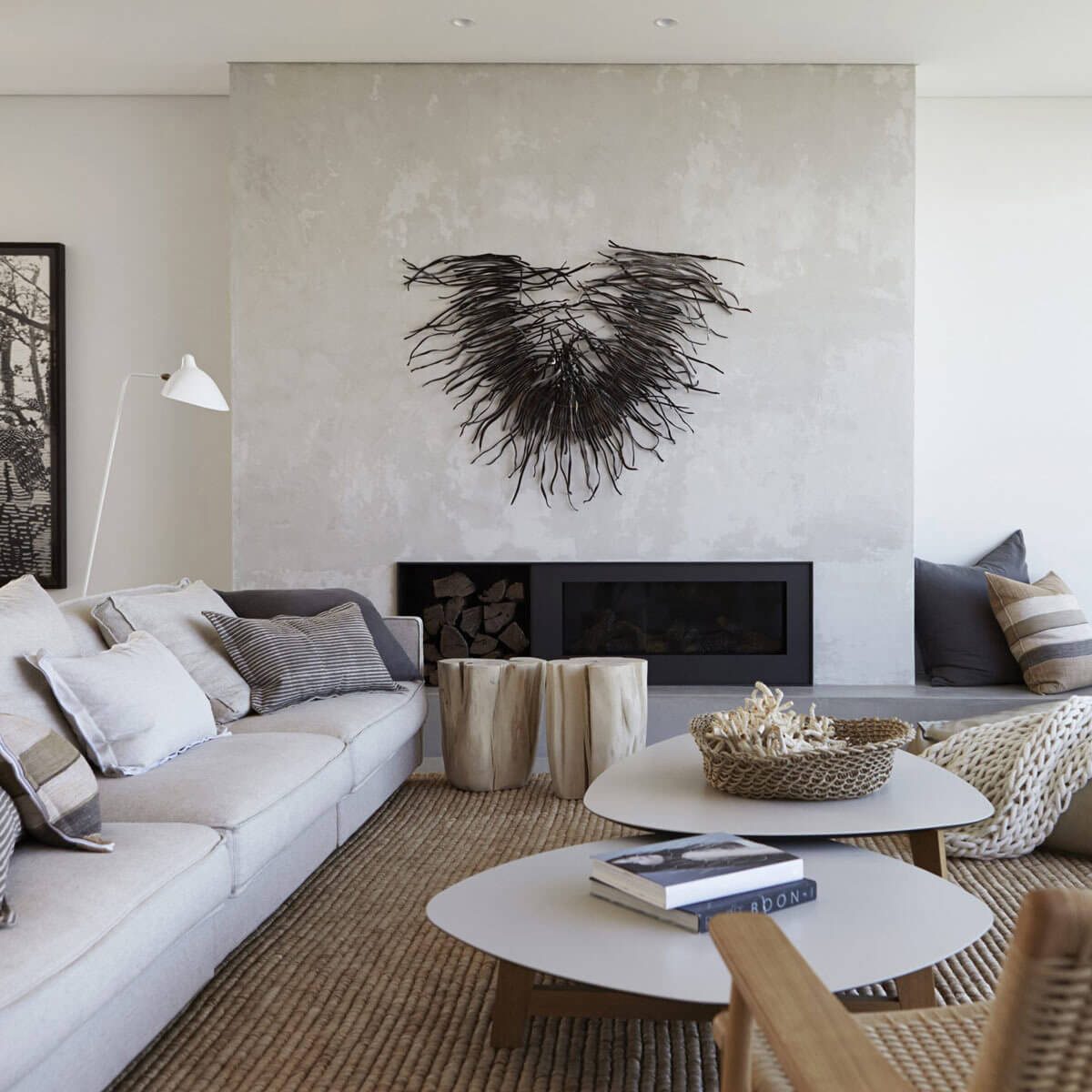
Texture Adds Interest
Textures also add interest and variety to transitional spaces. The muted palette of this living room is complemented with interesting textures in the wall hanging, jute carpet, decorative basket and a throw knitted with chunky yarn.
Recessed lighting helps keep this space uncluttered. Learn how to install recessed lighting for dramatic effect.
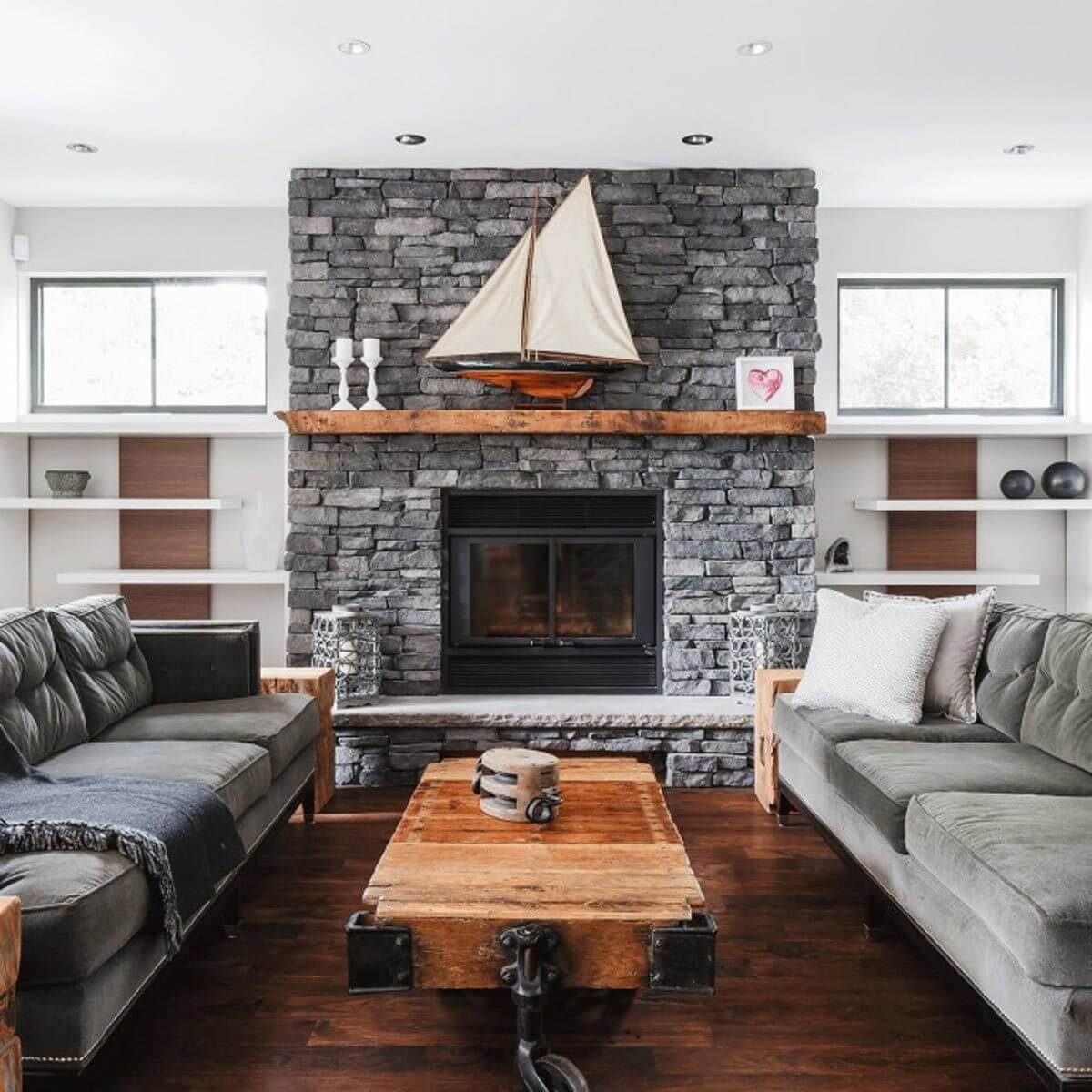
Transitional Style Home: Not Too Masculine, Not Too Feminine
The balance found in transitional design means it can appeal to either gender. This living room has a “his-and-hers” feel, with the soft light and inviting sofa cushions offsetting the hard, chunky lines of the industrial coffee table and natural timber end tables.
Here’s another cool coffee table of reclaimed wood that you can build yourself.
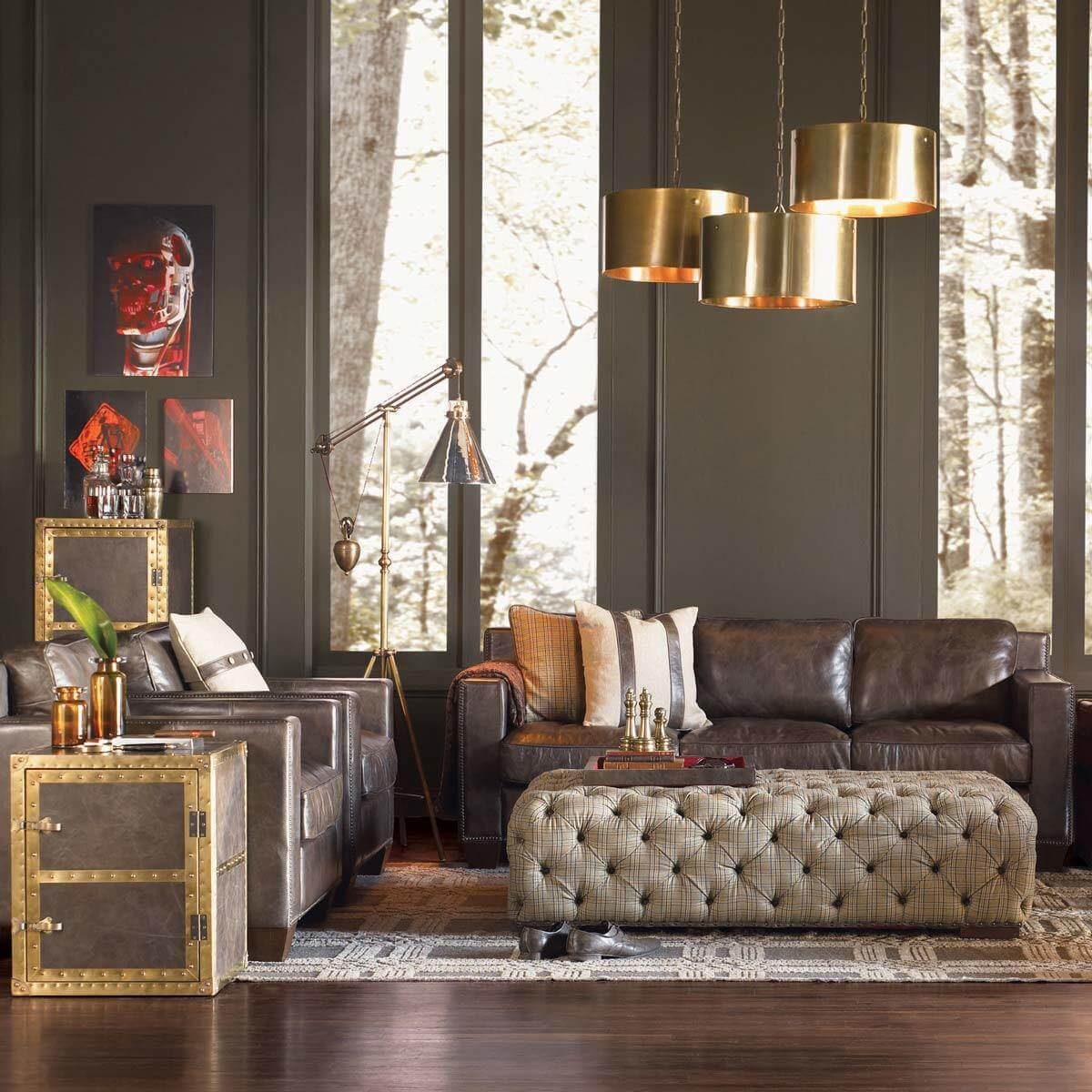
Unexpected Touches
Transitional style can have a dash of the eclectic. The modern chandelier and contemporary artwork jolt this living room out of traditional and into transitional.
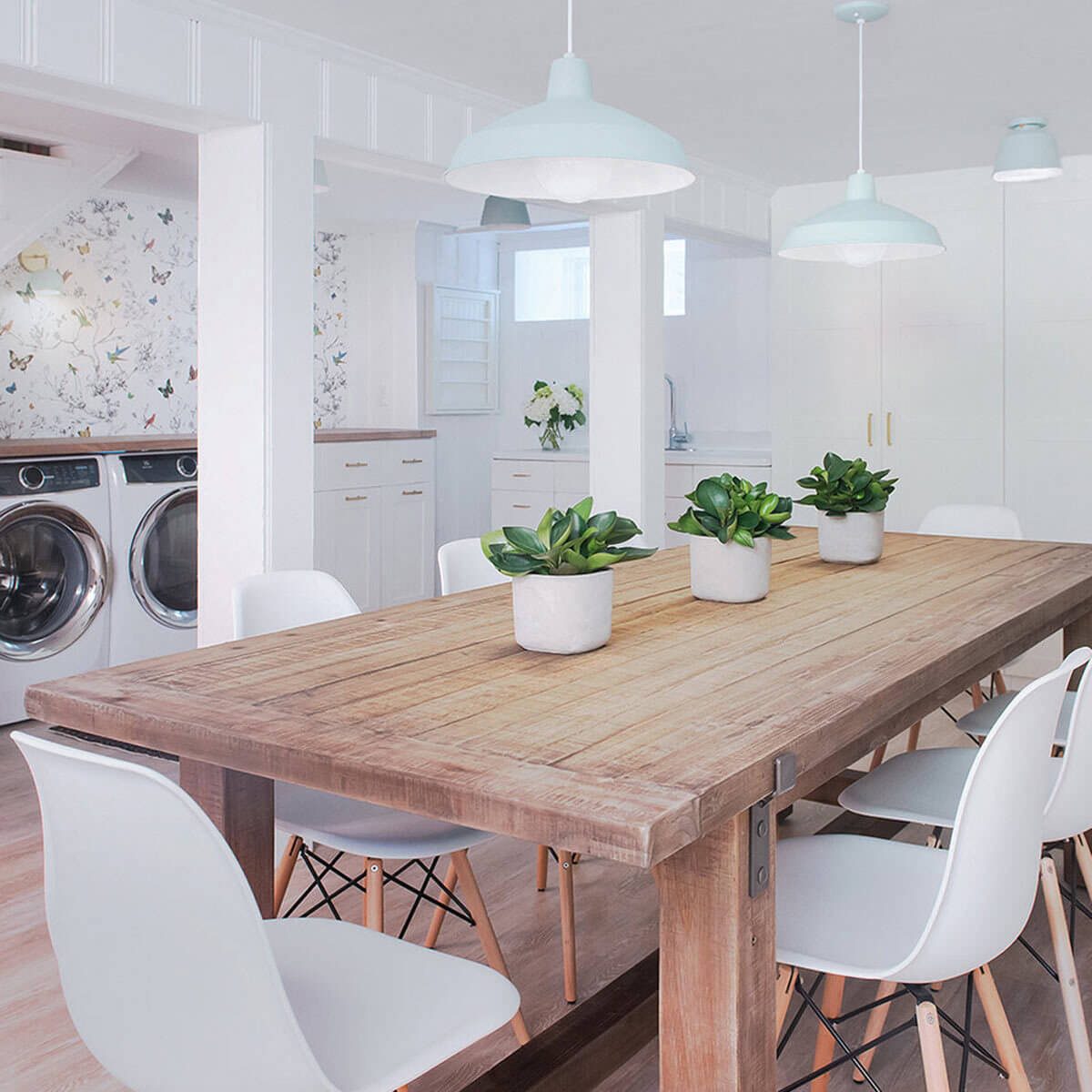
Transitional Style Home: Wood is Good
Transitional spaces often feature wood tones. This planked table commands the visual focus in an otherwise neutral space. And who knew that transitional style could make even a laundry room look good?
Turn your unfinished basement laundry into a beautiful new laundry room.
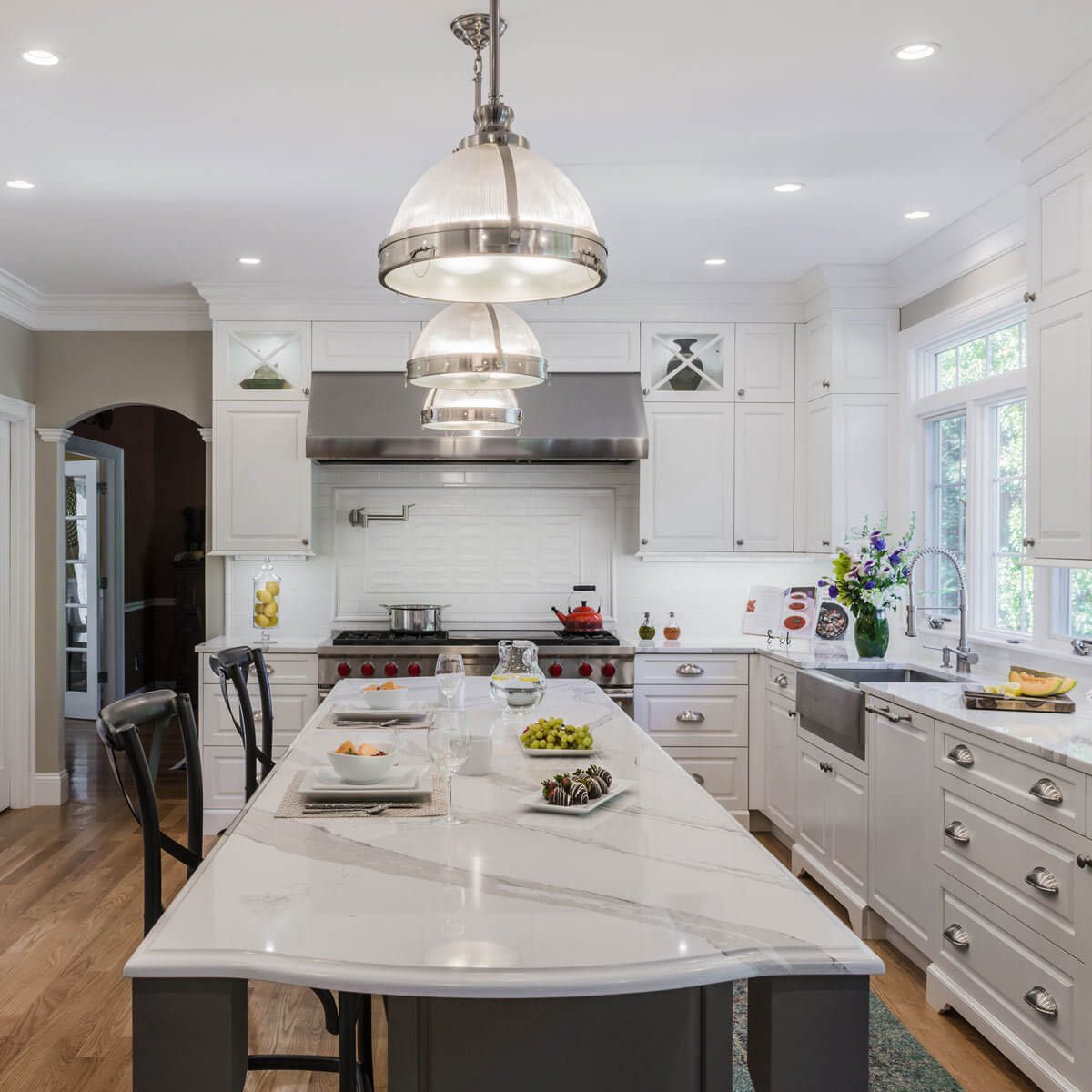
Transitional Design Style: Well-Blended
You’ll recognize transitional kitchens by their mix of materials and design styles. Here, traditional cabinetry and natural marble counters are blended with contemporary accessories and manufactured materials such as the industrial pendant lights, brushed nickel drawer pulls and graphite paint on the island.
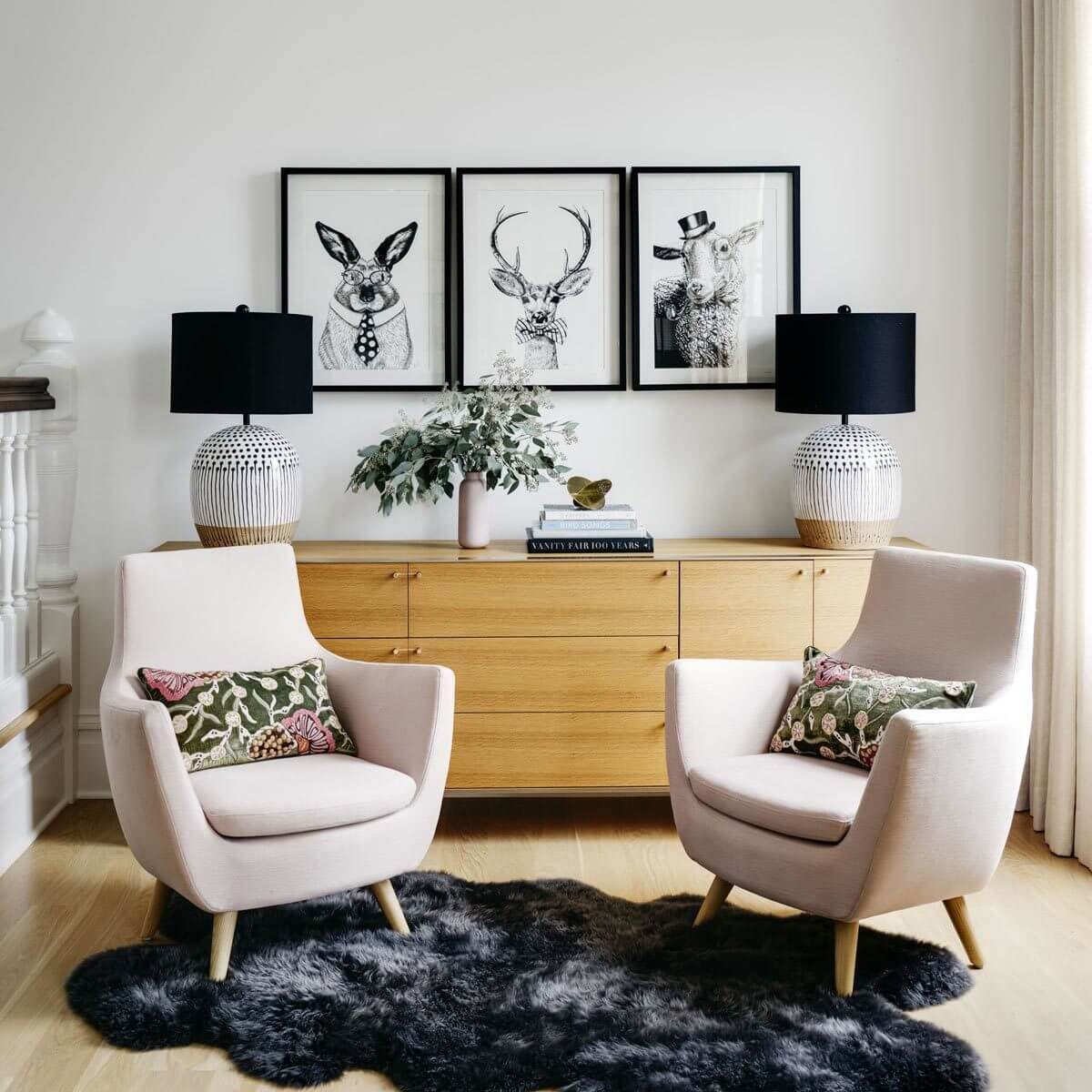
Basic Frames
Unlike the gilded frames of the traditional style, a transitional space features contemporary wall art in understated frames.
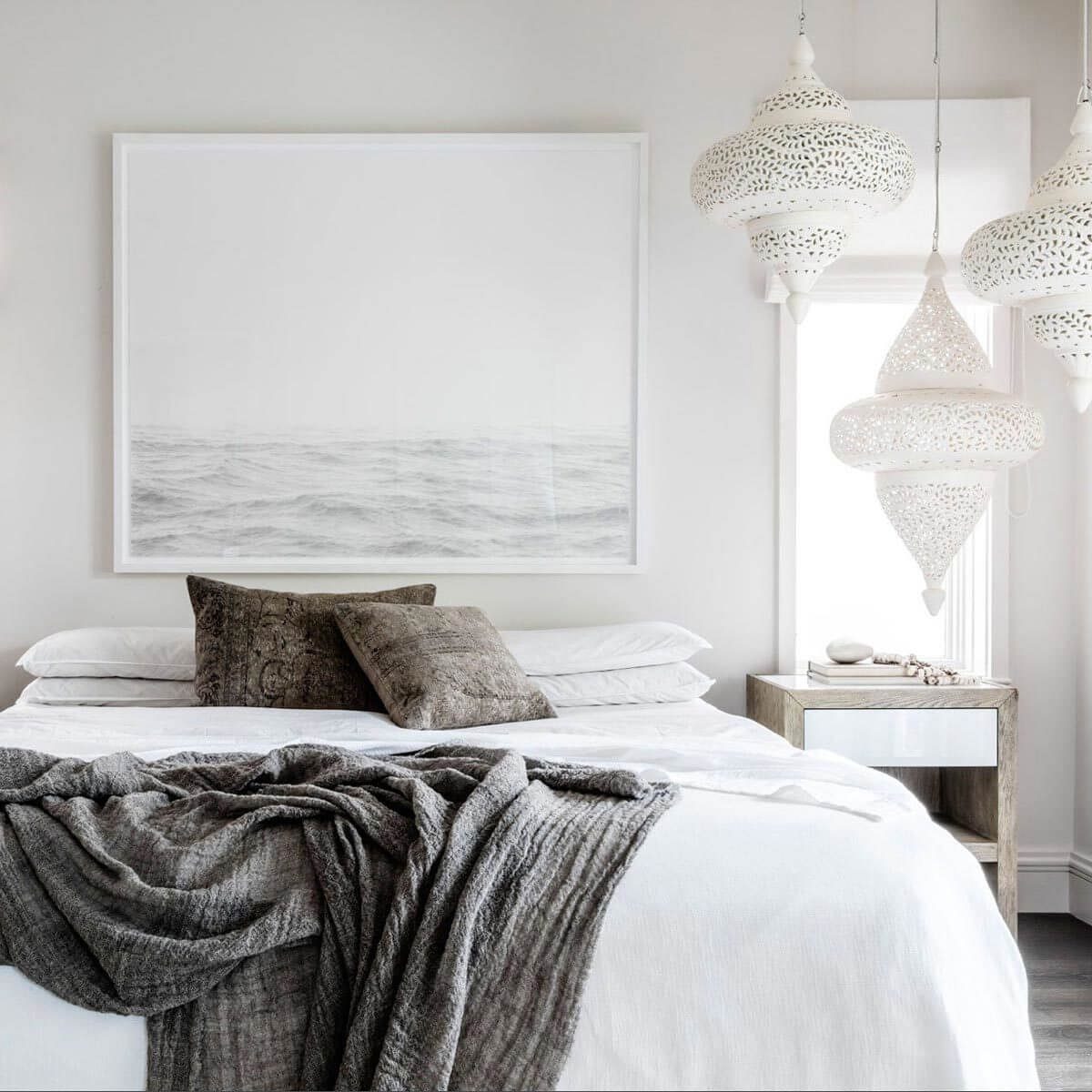
Textbook Transitional
This bedroom displays a number of transitional style’s signature features: a neutral palette, contemporary art, interesting textures in the pillow and throw fabric, a wood tone in the nightstand, and the eclectic surprise of the chandelier’s Turkish lantern shapes.
Check out these other modern pendant lighting trends.

